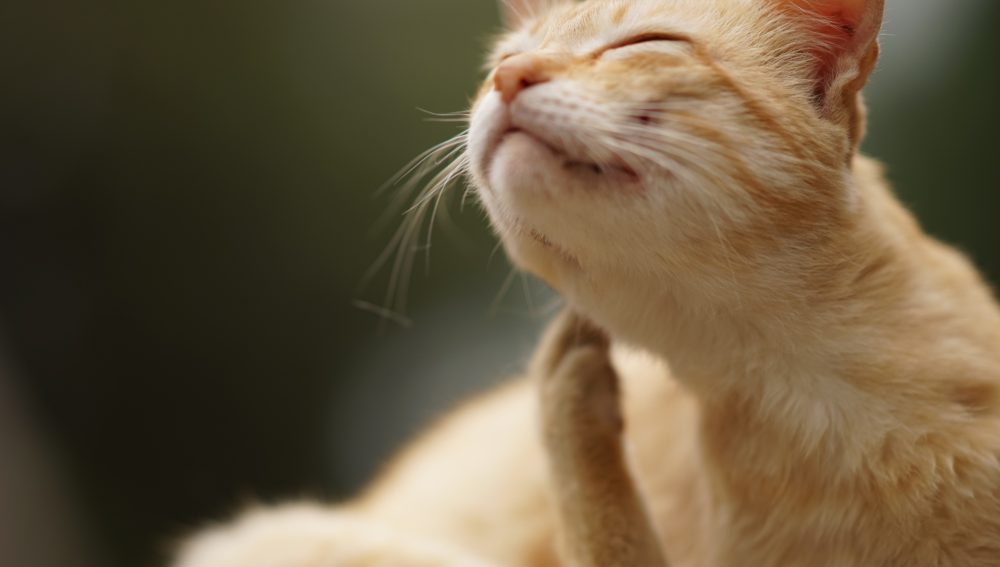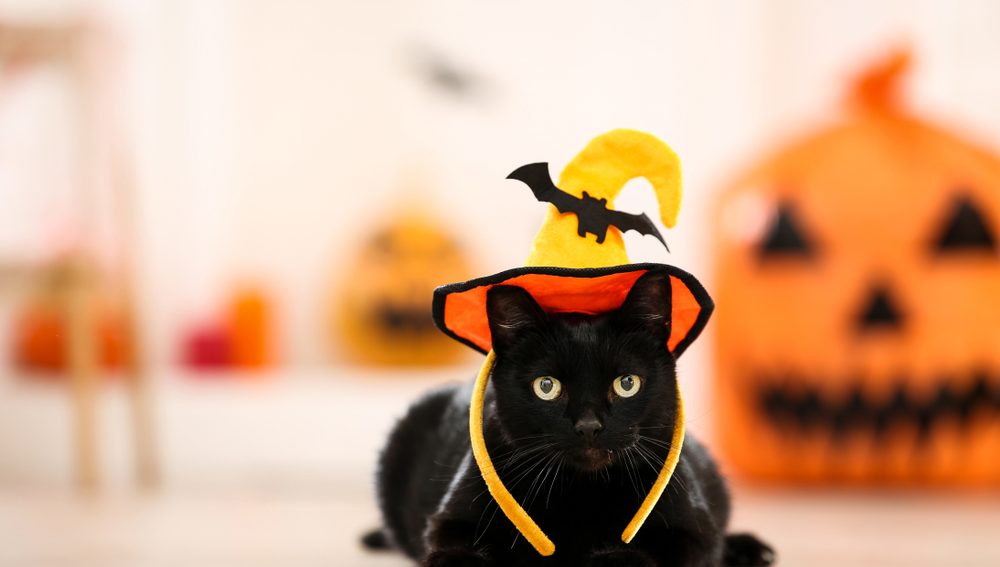
Keeping Your California Pet Cool
Hot weather can be extremely dangerous for pets, who can’t cool themselves as efficiently as humans, putting them at increased risk for heatstroke. Our team at Harbor Pines Veterinary Center wants to help by explaining how the heat affects your pet, and steps you can take to safeguard them in the California heat.
Your pet’s cooling system
When we overheat, sweat glands all over our body produce sweat. As this moisture evaporates, heat is drawn from our skin, causing cooling. Pets not only have few sweat glands, but most are located in their footpads, so they have to rely on other—less efficient—cooling methods, instead of the human cooling process. These methods include:
- Panting — Panting is the main way pets cool themselves. The open-mouth breathing evaporates the moisture on the pet’s tongue and lung tissue, and draws heat from their body.
- Radiation — Blood vessels in the pet’s face and ears dilate, causing blood to flow more closely to the skin surface, so the heat can dissipate into the environment.
- Conduction — Pets lie on their sparsely haired abdomen on a cool surface to transfer body heat to the surface.
Heat’s effects on your pet
Your pet’s normal body temperature is 101 to 102.5 degrees. If strenuous exercise or increased environmental temperatures, and the absence of adequate cooling methods, cause your pet’s temperature to rise above 104, they are experiencing heatstroke. This condition is considered a veterinary emergency, because the heat causes inflammation throughout the pet’s body and affects systems that include:
- Cardiovascular — Initially, your pet’s heart rate will increase and their peripheral blood vessels will dilate in an effort to dissipate their body heat into the environment, but when these measures are unsuccessful, the heart cannot pump blood throughout the body, resulting in low blood pressure and shock.
- Pulmonary — Direct lung tissue damage causes respiratory distress.
- Kidneys — Direct kidney cell damage from the heat and dehydration cause kidney failure.
- Gastrointestinal — Gastrointestinal lining injury causes bacteria to leach into your pet’s bloodstream.
- Nervous system — Brain cell damage causes cerebral swelling, bleeding, and cell death.
- Coagulation — In severe cases, a condition called disseminated intravascular coagulation (DIC) can cause bleeding throughout your pet’s body.
Heatstroke signs include excessive panting and drooling, difficulty breathing, lethargy, weakness, mental dullness, diarrhea, collapse, and seizures. Pets whose temperatures go above 109 degrees, and whose temperature remains elevated for an extended time period, have a poorer survival prognosis.
Pets at higher heatstroke risk
While all pets are susceptible to heatstroke, some are at higher risk, including:
- Brachycephalic pets — Flat-faced pets (e.g., pugs, Boston terriers, bulldogs, and Persian cats) have less surface area in their mouth, so their panting is less effective, putting them at higher heatstroke risk.
- Obese pets — An overweight pet’s extra fat layers act as insulation, inhibiting their body’s ability to cool down.
- Senior pets — Senior pets can’t regulate their body temperature as well as young pets, putting them at increased risk.
- Puppies and kittens — Puppies and kittens haven’t developed the ability to properly regulate their body temperature, and they are also high energy, putting them at higher risk.
- Ill pets — Pets who have a health condition such as heart disease or a thyroid condition are also at increased risk.
Steps to safeguard your pet from heatstroke
You can protect your pet from heatstroke by following these steps:
- Never leave your pet in the car — Pets should never be left in an unattended vehicle, because temperatures can skyrocket on warm days, and parking in the shade or leaving windows cracked doesn’t prevent the temperatures from reaching dangerous levels.
- Hydrate your pet — Ensure your pet has access to several fresh water sources, and take water and a bowl when you go out, so your pet can drink when needed.
- Avoid strenuous exercise — Limit your pet’s outdoor activity on hot, humid days, and take frequent breaks in the shade to allow them to cool down.
- Leave on your air conditioner — Leave your house with your shades drawn and your air conditioner running to ensure your pet stays cool.
Pet first aid for heatstroke
If you suspect your pet is suffering from heatstroke, steps you should take include:
- Find a cool area — Move your pet to a cool area that is out of the sun and well-ventilated.
- Offer your pet water — If your pet is conscious, offer them water to drink. Don’t attempt to pour the water in their mouth, which could lead to aspiration pneumonia.
- Cool your pet — Use tepid water or wet towels to cool your pet—never use ice or ice water, which can lead to shock.
- Seek veterinary care — Get your pet to a veterinary hospital as soon as possible. If their signs subside once you start cooling, they should still be evaluated by a veterinary professional to ensure they sustained no internal damage.
Ensuring your pet stays cool in the California heat is important to protect them from heatstroke’s dangerous effects. If your pet overheats, contact our team at Harbor Pines Veterinary Center, so we can get them the care they need.



















